6 smartphones that turned into PCs
Has the time finally come?
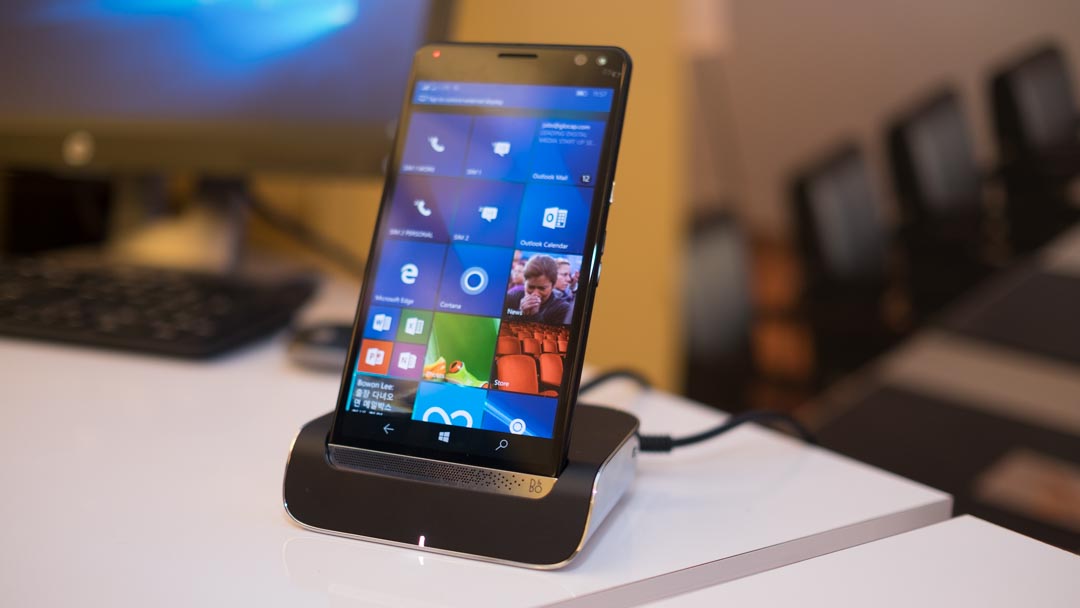
Introduction
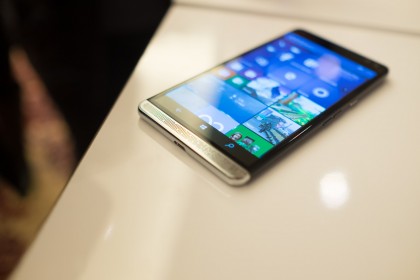
Attempts to transform the mobile phone, and subsequently the smartphone, into a full fledge computer are not new but successive failures didn't prevent HP from, launching its take on that trend with the Elite X3, unveiled at MWC in Barcelona.
We look at past attempts, in chronological order, from companies like Asus, Palm (which was later acquired by HP), Motorola and Celio and current ones like Microsoft's Continuum and the Nexdock.
Palm Foleo
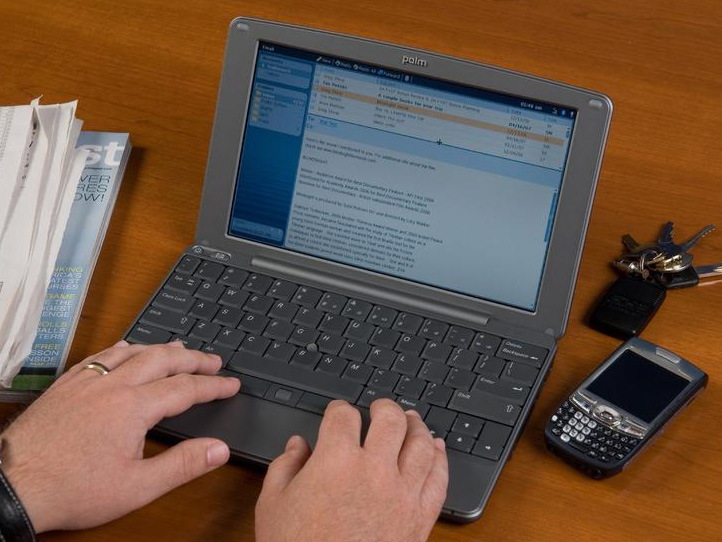
It all started with the Foleo, a laptop-sized device that ran Linux and was a mobile companion to Palm's then-popular Treo range of smartphones. It was similar in size to today's Chromebooks; some would say that it was launched too soon, in May 2007, just a few weeks before the Asus Eee PC which is widely credited with launching the Netbook craze, and was cancelled less than three months later after it was panned by the technology press - including techradar.
Why didn't it work out? It was too expensive ($499 with an introductory $100 rebate at the time), too limited and smartphones were not as powerful as they are now, which meant that you were effectively carrying two computing devices. More importantly it didn't have the required ecosystem to make it worth it - cloud computing was very much in its infancy back then.
Celio RedFly
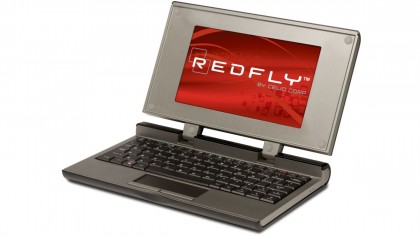
About a year later, came the Celio Redfly which swapped the Palm smartphone range for the equally abysmal Windows Mobile series (series 6 back in the days) initially although support for other operating systems, notably BlackBerry was offered in the ater month. The mobile companion. as it was known, suffered the same shortcomings as the Foleo.
Underpowered, hopeflessly limited and to make matters even worse, it was far more expensive than the netbooks that had started to proliferate in 2008. The fact that smartphones were still very limited and archaic - compared to today's pocket rockets - ony made matters worse. Ditto for the range of applications available as well. Back then, mobile users were truly second class citizens in the world of tech.
Motorola Atrix
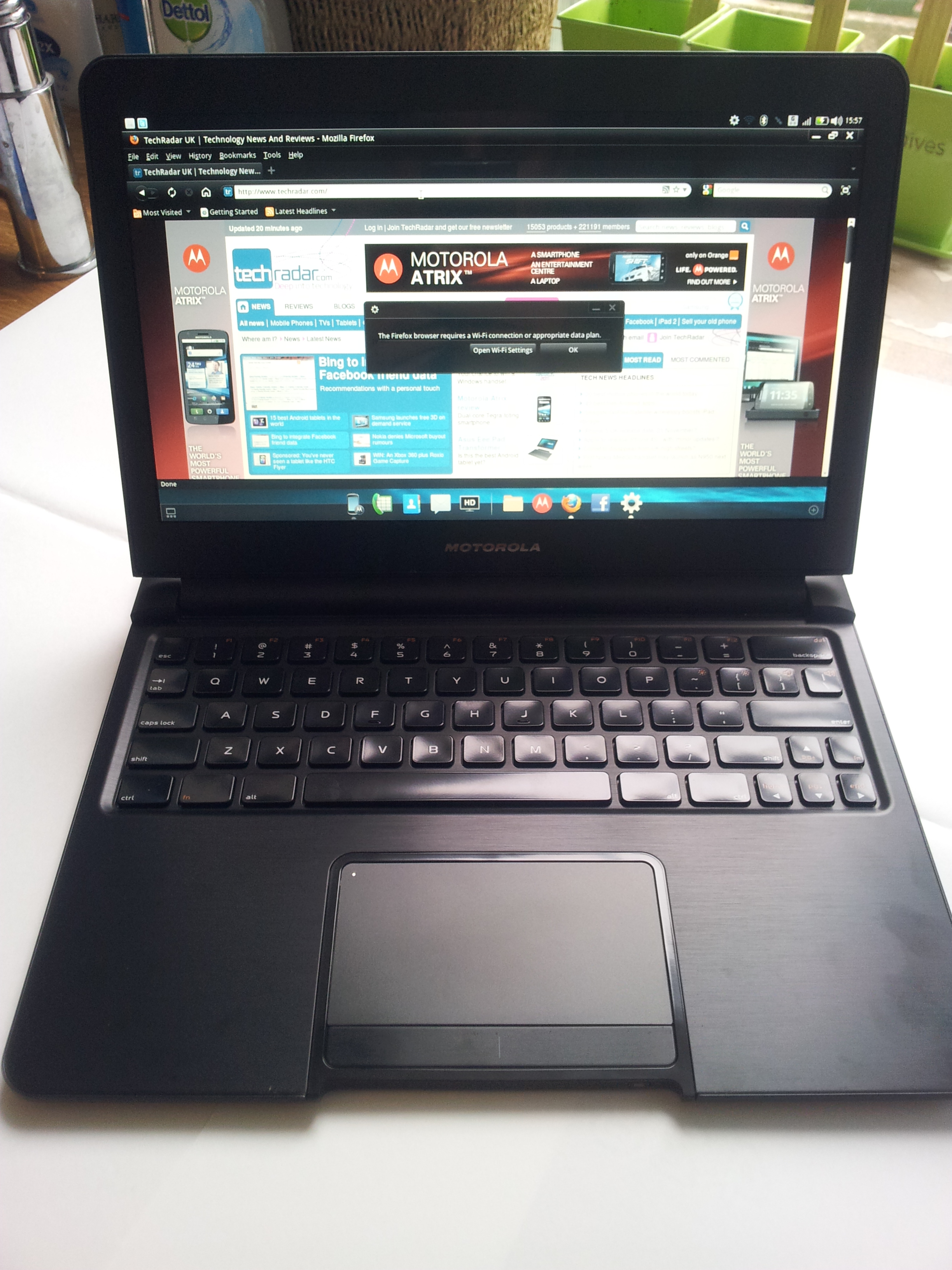
Fast forward to January 2011 and Motorola launched the Atrix at CES, a smartphone that came with a docking station as well as a laptop dock (which was renamed as the LapDock). Unlike its predecessors, it ran on Android which allowed for a much smoother overall user experience. It was expensive though and so were its peripherals.
Are you a pro? Subscribe to our newsletter
Sign up to the TechRadar Pro newsletter to get all the top news, opinion, features and guidance your business needs to succeed!
Still, the performance gap between the smartphone and a 2011 laptop was significant, especially when gauged on the value-for-money factor. Its Lapdock still ran a separate OS rather than mirroring what was on the phone. In the grander scheme of things, the Atrix was not as bad as a failure as the Redfly or the Foleo but Motorola discontinued the range, was sold to Google and later to Lenovo.
Asus Padfone
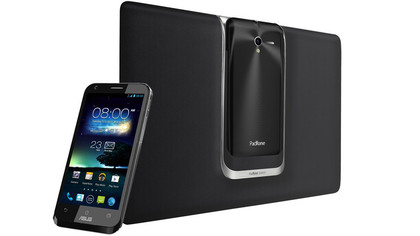
The following year, Taiwanese tech giant Asus, unveiled a product that went even further. The Padfone, was a phone, that slotted at the back of a tablet and which could be docked to a keyboard essentially turning it into a laptop. It was the only one that lasted more than a generation and is considered as the most successful of that new breed of computers.
By then, in April 2012, technology had evolved with the operating system - still Android - and the hardware maturing into a more elegant solution. The PadFone's only weakness was its price; it was actually cheaper to buy a similar smartphone, a separate tablet and a docking station for the latter. Asus has now retired the range and no one else since then has launched something remotely similar.
ECS Project X
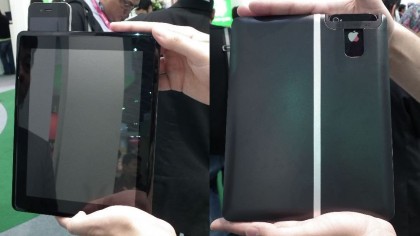
Asus was not the only company that dreamt of combining a smartphone with a tablet dock. Another Taiwanese behemoth, ECS, also wanted to do something similar but compatible with other smartphones as well. I saw a mock up prototype - which sadly never got an official launch - nearly five years ago at Computex in Taipei that housed an iPhone 5 smartphone.
However, ECS canned the project for unknown reasons. Perhaps the bewildering array of options on the market combined with Apple's likely opposition to such a project forced the company to give up on what looked like a very promising product.
Microsoft Lumia 950/950XL
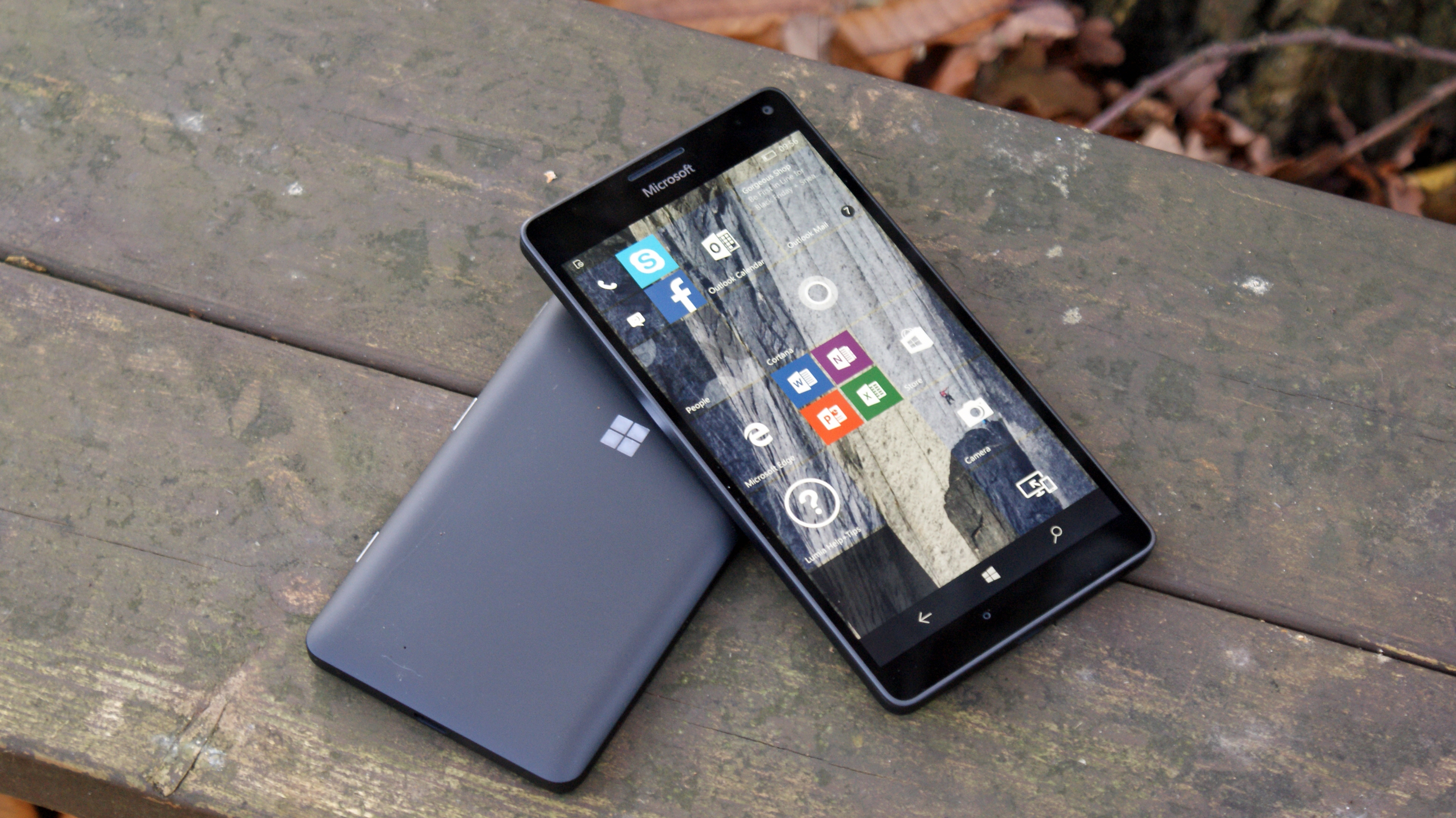
One of the biggest features of Windows 10 Mobile is Continuum. It is a feature that is shared across all Windows 10 editions and enables a seamless transition between the multiple form factors supporting Microsoft's latest operating system.
Perhaps the most spectacular of them is how Microsoft's flagship phones, the Lumia 950 and 950XL can connect to a small dock and transform into a desktop PC, capable of powering a display and connecting seamlessly to a number of peripherals. The best thing though is that you can still use the smartphone as a phone - so in effect, you have two displays, both of them full HD but of different sizes. Perhaps most importantly for Microsoft, the 950 and the dock serves as a benchmark and a great example of what caa be achieved.
NexDock
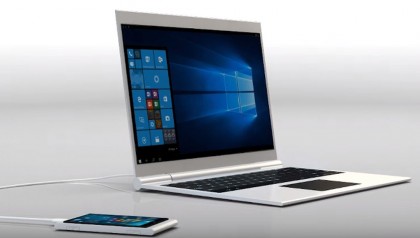
Indiegogo and Kickstarter are great places for innovators and dreamers to come up with seemingly crazy ideas and let the market decide. One of them is the NexDock which turns your smartphone into a laptop; it will take smartphones with a mini-HDMI output plus it accommodates tablets, HDMI dongles, the RaspBerry Pi and even another laptop.
The campaign at Indiegogo has reached almost $50,000 but is still a very long way from reaching its $300,000 target. You will need to connect your device to the NexDock using a cable rather than wirelessly. There's a Bluetooth keyboard, a built-in 10,000mAh battery, two USB ports, a card reader and a 14-inch HD+ monitor, all crammed in a laptop chassis.

Désiré has been musing and writing about technology during a career spanning four decades. He dabbled in website builders and web hosting when DHTML and frames were in vogue and started narrating about the impact of technology on society just before the start of the Y2K hysteria at the turn of the last millennium.